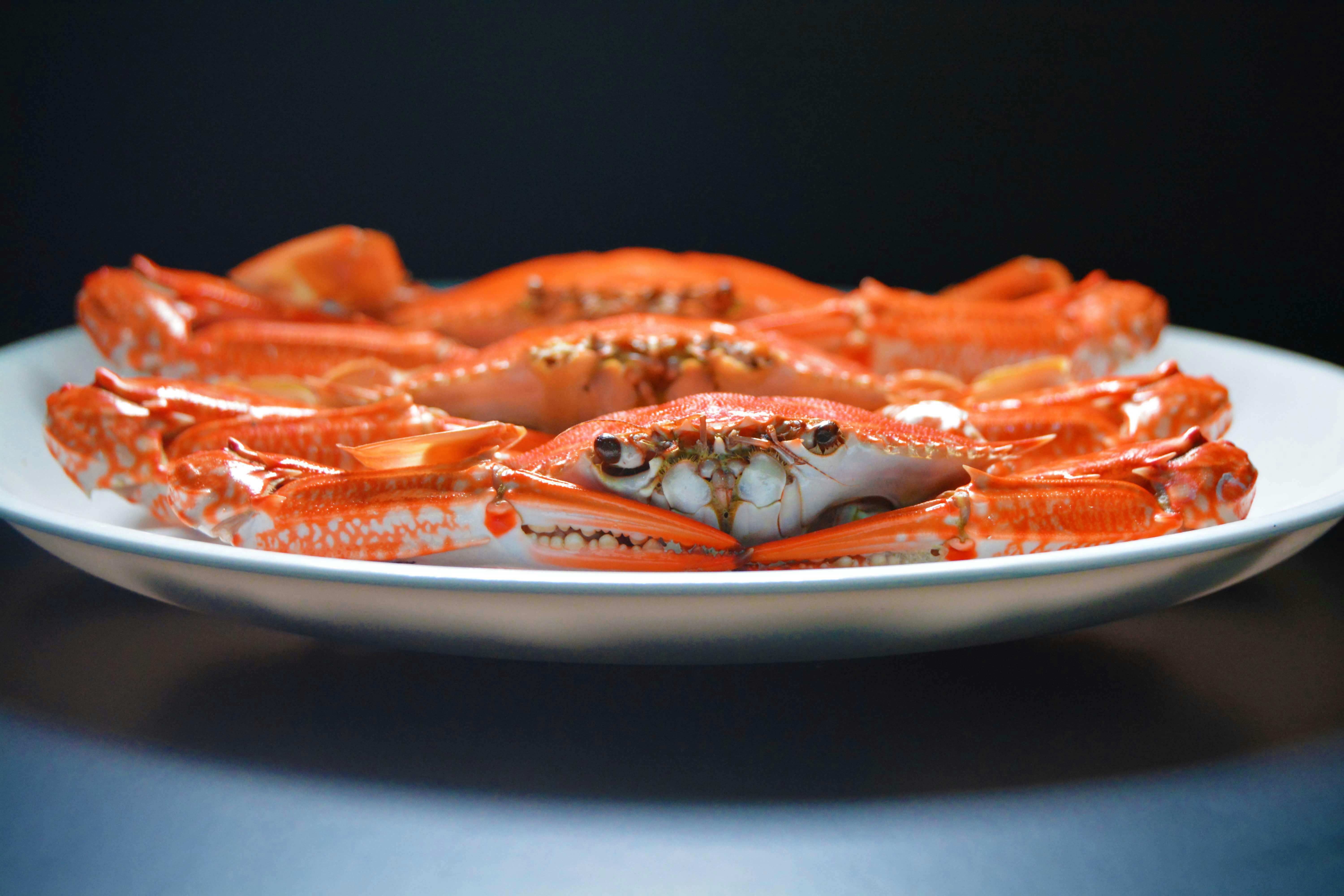Apply Now
Effective Ways to Teach Your Puppy Not to Bite
Teaching your puppy not to bite is a crucial part of their training and development. Puppies, like toddlers, explore the world with their teeth, and often this natural behavior can lead to unwanted biting. Understanding the reasons behind puppy biting and employing effective training techniques can foster a gentle, well-behaved canine companion. In this article, we'll discover various methods—including positive reinforcement, distraction techniques, and socialization—that can help you successfully modify your puppy's behavior.
Effective puppy training is not just about preventing biting; it's about establishing a loving relationship based on trust and understanding. We will also explore the importance of patience, consistency, and proper socialization practices to set your puppy on the right path. With these techniques and insights, you'll be prepared to engage your puppy's mind and energy, leading to a harmonious relationship for years to come.
Understanding Puppy Biting Reasons
Before diving into training techniques, it's essential to understand why puppies bite. Puppy behavior is often influenced by their developmental stage, socialization experiences, and natural instincts. Biting is instinctual for puppies as they navigate their world and communicate with others.
Common Biting Triggers
One of the primary reasons puppies bite is their natural urge to chew and explore their environment. As they teethe, they might mistakenly use their mouths on hands or other body parts. Additionally, excitement and overstimulation during play can lead to playful bites. Recognizing these triggers is the first step in addressing puppy biting.
Signs of Playful Biting vs Aggressive Biting
Understanding the distinctions between playful biting and aggressive biting is crucial in training. Playful biting usually involves a soft mouth and occurs during relaxed interactions, whereas aggressive biting is more forceful and often associated with fear or discomfort. Learning to read these cues helps in managing your puppy's behavior effectively.
Behavioral Signs of Discomfort
Puppies may bite when they feel insecure or anxious. Signs of discomfort include tucked tails, excessive cowering, or a tense posture. By recognizing these signals, you can adjust your interactions and prevent reinforcement of unwanted behavior.
Establishing Healthy Boundaries
Setting boundaries is essential for effective puppy training. Teach your puppy what is acceptable biting and what is not by monitoring their behavior during play. Use gentle corrections when they bite too hard and redirect their interest toward appropriate chew toys instead.
Puppy Communication Signals
Puppies communicate their feelings primarily through body language. Observing your puppy's behavior can provide insights into their emotional state, helping you tailor your training strategies effectively. Understanding these signals fosters better interactions and builds trust in your puppy-training journey.
Implementing Positive Reinforcement Techniques
With a solid understanding of puppy behavior, let’s delve into effective methods for curbing biting through positive reinforcement. This training approach rewards desirable behaviors, making it an optimal choice for fostering learning.
Using Treats Effectively
Reward-based training is a powerful tool in a puppy’s education. Use high-value treats to encourage good behavior and reinforce successful training sessions. Ensure you reward your puppy immediately after they exhibit desired behaviors, helping them associate the action with a positive outcome.
Establishing Training Sessions Duration
Puppies have short attention spans, making it essential to keep training sessions brief and engaging. Aim for 5 to 10-minute sessions multiple times a day. Regular, shorter training periods reinforce learning while preventing frustration for both you and your puppy.
Providing Outlets for Energy
Before diving into obedience training, ensure your puppy has sufficient exercise and mental stimulation. Engaging activities like interactive toys or games of fetch can help expend excess energy, reducing the likelihood of biting incidents. This improves focus during training sessions as well.
Gradual Exposure to Distractions
Puppies learn best in controlled environments. Gradually expose them to distractions during training to adapt their behavior in various situations. Start training in a quiet space and slowly introduce noises and visual distractions as your puppy becomes more confident.
Rewarding Good Behavior
One of the key aspects of positive reinforcement is recognizing and rewarding your puppy’s good behavior. When your puppy interacts gently, offer praise or a treat, fostering a sense of success. This encourages them to repeat the behavior in the future.
Redirecting Biting Behavior
When puppies bite out of excitement or play, redirecting their energy is a vital strategy for teaching bite inhibition. By providing appropriate alternatives, you can channel their impulses and reduce biting behavior effectively.
Using Toys to Redirect Biting
Chew toys can effectively redirect biting from human body parts to appropriate items. When your puppy begins to bite, calmly substitute their mouth with a chew toy. This method not only helps reduce biting but also teaches your puppy acceptable items for chewing.
Teaching Bite Inhibition Exercises
Bite inhibition is the process of teaching your puppy to control the force of their bites. Engage in play and allow your puppy to mouth your hands. When they bite too hard, immediately yelp softly to mimic the response they would receive from another puppy. This teaches them to soften their bite.
Implementing Behavior Charts
Tracking your puppy’s progress can enhance the training experience. Use a behavior chart to note when they exhibit good behavior or instances of biting. This visual tool helps establish clear goals and keeps you accountable while motivating your puppy.
Correcting Bad Habits Eventuality
While addressing biting, it’s crucial to tackle any bad habits that may arise. Remain patient, as consistency in training will resolve these issues over time. Using gentle corrections and positive reinforcement can help instill desirable behaviors while discouraging unwanted ones.
Promoting Calmness in Puppies
Helping your puppy learn to remain calm is essential for reducing biting during exciting moments. Incorporate calm behavior reinforcement techniques, such as rewarding your puppy for being relaxed or for settling down during playtime, creating a more disciplined environment.
Establishing Socialization Practices
Socialization is key to developing a well-rounded puppy. Introducing your puppy to various environments, people, and pets fosters positive interactions and diminishes biting incidents.
Safe Socialization Practices
Begin socializing your puppy at a young age in safe, controlled settings. Ensure they meet other dogs and people gradually, allowing them to build confidence in different environments. Positive experiences lead to better adaptability and reduce fear-based biting responses.
Interaction with Other Dogs
Observing and interacting with other dogs can help your puppy learn appropriate canine communication signals. Play sessions under supervision allow them to establish their boundaries and develop bite inhibition within their social circle.
Recognizing Puppy Moods
Understanding your puppy’s emotions during social interactions is vital for effective training. Recognize signs of anxiety, excitement, or fear and adjust their socialization process accordingly. Gradual exposure to new situations can bolster their confidence over time.
Establishing Trust Through Training
Building a trusting relationship is significant in puppy training. Becoming a reliable caregiver and showing empathy toward your puppy’s needs creates a sense of security, leading to positive interactions and reducing biting behavior.
Professional Puppy Training Help
If you find yourself struggling with severe biting issues, consult a professional puppy trainer or behaviorist. Their experience and knowledge can provide tailored advice and training strategies that address specific behavioral concerns.
Q&A Section
What should I do if my puppy bites during play?
If your puppy bites during play, immediately redirect them to a chew toy and calmly stop the play session. Consistently applying this method can help your puppy learn to associate biting with the end of playtime.
How can I teach my puppy bite inhibition?
Teaching bite inhibition involves allowing your puppy to mouth during play but responding negatively when they bite too hard. A loud yelp or withdrawal of attention can help them realize that biting causes a change in interaction, encouraging gentler play.
How long should training sessions be for puppies?
Keep training sessions for puppies short, around 5 to 10 minutes. Offering frequent and engaging training can be more effective than longer, more challenging sessions, keeping your puppy focused and enthusiastic.
Are there specific chew toys recommended for teething puppies?
Yes, look for durable, puppy-specific chew toys designed for teething. Rubber or soft silicone toys can be gentle on puppy gums while still providing the satisfying chew experience they need.
What methods can I use to maintain my puppy's calm behavior?
Promote calm behavior by rewarding quiet and relaxed states. Introduce calming techniques, such as providing a space for alone time or engaging in gentle activities. Building calmness into your puppy’s routine will help mitigate excitement-driven biting.




